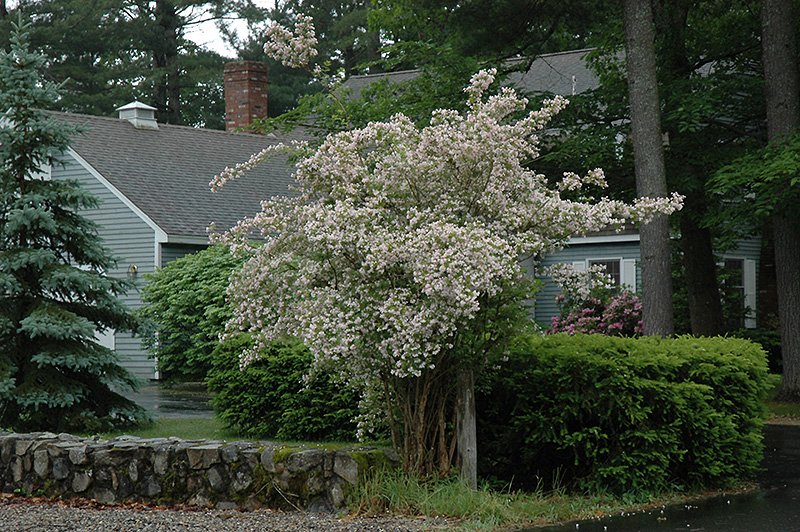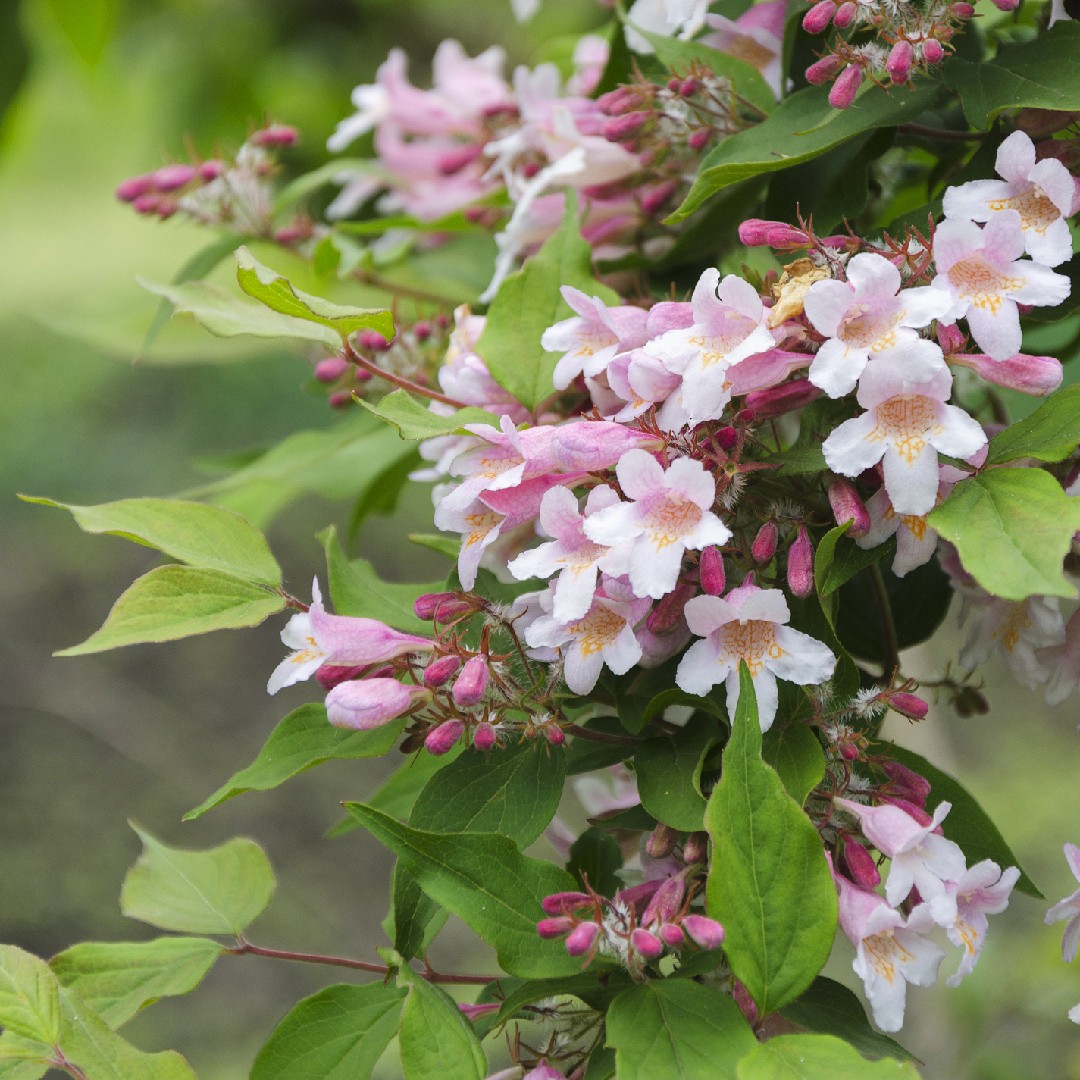Kolkwitzia Amabilis: The Beauty Bush That Will
Kolkwitzia amabilis: The Beauty Bush That Will
Kolkwitzia amabilis, commonly known as the Beauty Bush or Spindle Bush, is a deciduous shrub that is native to central China. It is prized for its stunning spring flowers, which are borne in large clusters of pink, bell-shaped blooms. The flowers are fragrant and attract a variety of pollinators, including bees, butterflies, and hummingbirds.
In addition to its beautiful flowers, Kolkwitzia amabilis is also a relatively low-maintenance shrub. It is tolerant of a wide range of soil conditions and is not susceptible to many pests or diseases. As a result, it is a popular choice for gardens in both urban and rural areas.
Main Content
Growing Kolkwitzia amabilis
Kolkwitzia amabilis is a relatively easy shrub to grow. It prefers full sun to partial shade and well-drained soil. The plant is drought-tolerant once established, but it will benefit from regular watering during the first year or two after planting.
Kolkwitzia amabilis can be propagated by seed, but it is more commonly propagated by cuttings. Cuttings should be taken in the spring or summer and rooted in a well-draining medium.
Pruning Kolkwitzia amabilis
Kolkwitzia amabilis does not require a lot of pruning. However, it is a good idea to remove any dead or diseased branches after flowering. You can also lightly prune the plant in the spring to encourage new growth.
Problems with Kolkwitzia amabilis
Kolkwitzia amabilis is a relatively trouble-free shrub. However, it can be susceptible to a few pests and diseases, including:
- Aphids
- Scale insects
- Powdery mildew
- Rust
If you notice any of these problems, you can treat them with insecticidal soap or neem oil. In severe cases, you may need to use a systemic pesticide.
Using Kolkwitzia amabilis in the landscape
Kolkwitzia amabilis is a versatile shrub that can be used in a variety of ways in the landscape. It is a good choice for shrub borders, hedges, and screens. It can also be planted as an individual specimen or in groups.
The Beauty Bush is especially attractive when planted near other spring-flowering shrubs, such as lilacs, spirea, and viburnum. It can also be used to add color and interest to the late spring garden.
Conclusion
Kolkwitzia amabilis is a beautiful and easy-to-grow shrub that is sure to add a touch of elegance to any garden. If you are looking for a shrub that will bloom profusely in the spring, then the Beauty Bush is a great choice.
Kolkwitzia amabilis, also known as the Beauty Bush, is a beautiful deciduous shrub that is native to China. It is prized for its profuse springtime blooms, which are a delicate shade of pink. The flowers are borne in clusters on arching stems, and they create a stunning display.
If you are looking for a low-maintenance, deer-resistant shrub that will add a touch of beauty to your garden, then Kolkwitzia amabilis is a great choice. It is easy to grow in most soils, and it prefers full sun to partial shade.
To learn more about Kolkwitzia amabilis, I recommend visiting Garden Wiki. This website has a wealth of information about the plant, including its care requirements, propagation methods, and pest and disease resistance.
FAQ of kolkwitzia amabilis
Q: What is Kolkwitzia amabilis?
A: Kolkwitzia amabilis is a deciduous shrub that is native to central China. It is commonly known as the Beauty Bush or Spindle Bush. The shrub grows to be 6-10 feet tall and 4-6 feet wide. It has oval, dark green leaves and produces clusters of fragrant, pink flowers in late spring or early summer.
Q: Where does Kolkwitzia amabilis grow best?
A: Kolkwitzia amabilis is a hardy shrub that can grow in USDA hardiness zones 4-8. It prefers full sun to partial shade and well-drained soil. The shrub is drought-tolerant once established.
Q: How do I care for Kolkwitzia amabilis?
A: Kolkwitzia amabilis is a low-maintenance shrub. It requires regular watering during the first year after planting. Once established, the shrub can tolerate drought. The shrub should be fertilized in the spring with a balanced fertilizer. Deadheading spent flowers will encourage more blooms.
Q: Is Kolkwitzia amabilis fragrant?
A: Yes, Kolkwitzia amabilis is a fragrant shrub. The flowers have a sweet, honey-like scent.
Q: What are some common pests and diseases of Kolkwitzia amabilis?
A: Kolkwitzia amabilis is a relatively pest- and disease-free shrub. However, it can be susceptible to aphids, spider mites, and powdery mildew. If you notice any pests or diseases, you can treat them with insecticidal soap or neem oil.
Image of kolkwitzia amabilis
- Image 1: A full-grown kolkwitzia amabilis bush in full bloom. The flowers are a delicate pink color and are arranged in clusters along the stems.

- Image 2: A close-up of the flowers of kolkwitzia amabilis. The flowers are small and bell-shaped, with a delicate pink color.

- Image 3: A young kolkwitzia amabilis bush. The leaves are a dark green color and the stems are covered in small, pink buds.

- Image 4: A kolkwitzia amabilis bush in a garden setting. The bush is surrounded by other flowering plants, such as roses and lilies.

- Image 5: A kolkwitzia amabilis bush in the fall. The leaves have turned a golden yellow color and the flowers are starting to fade.

Post a Comment for "Kolkwitzia Amabilis: The Beauty Bush That Will"